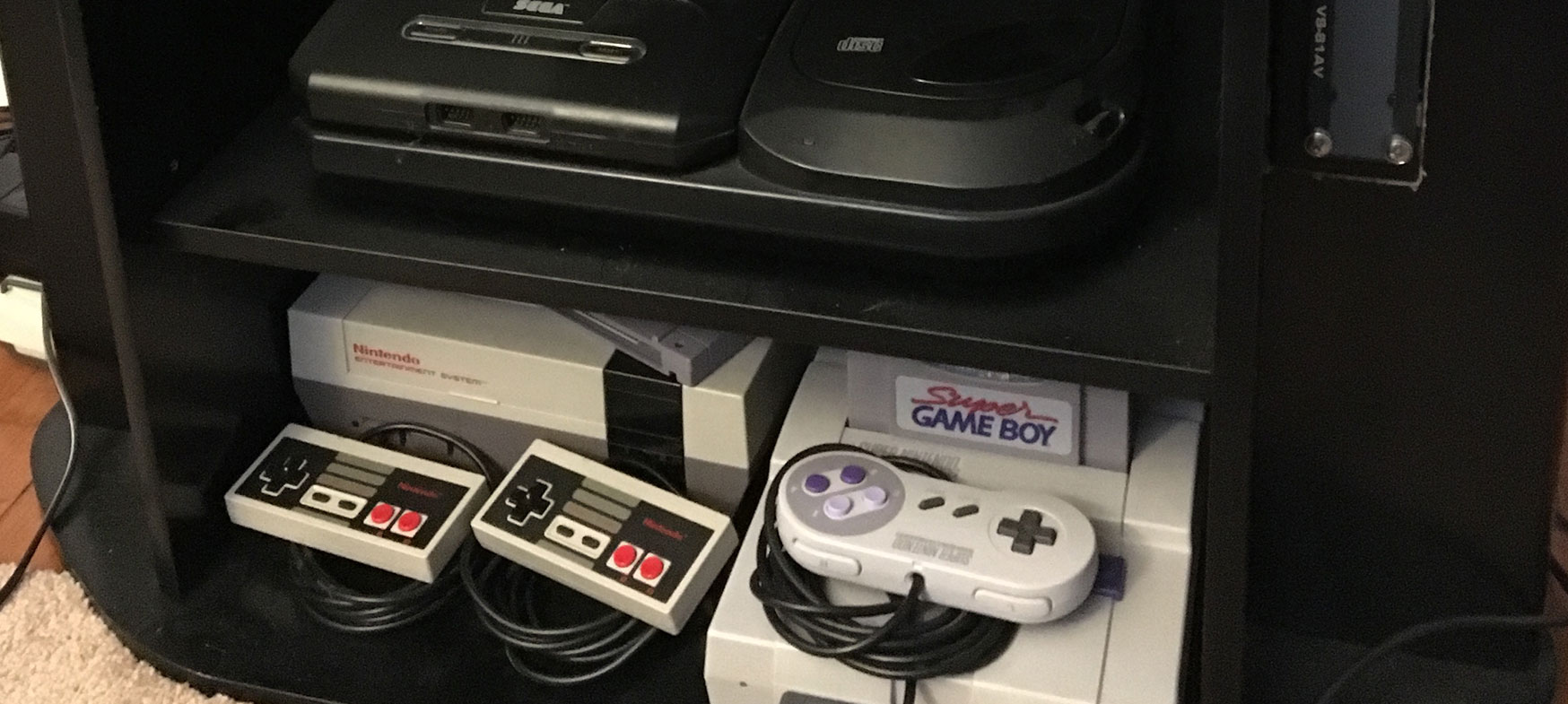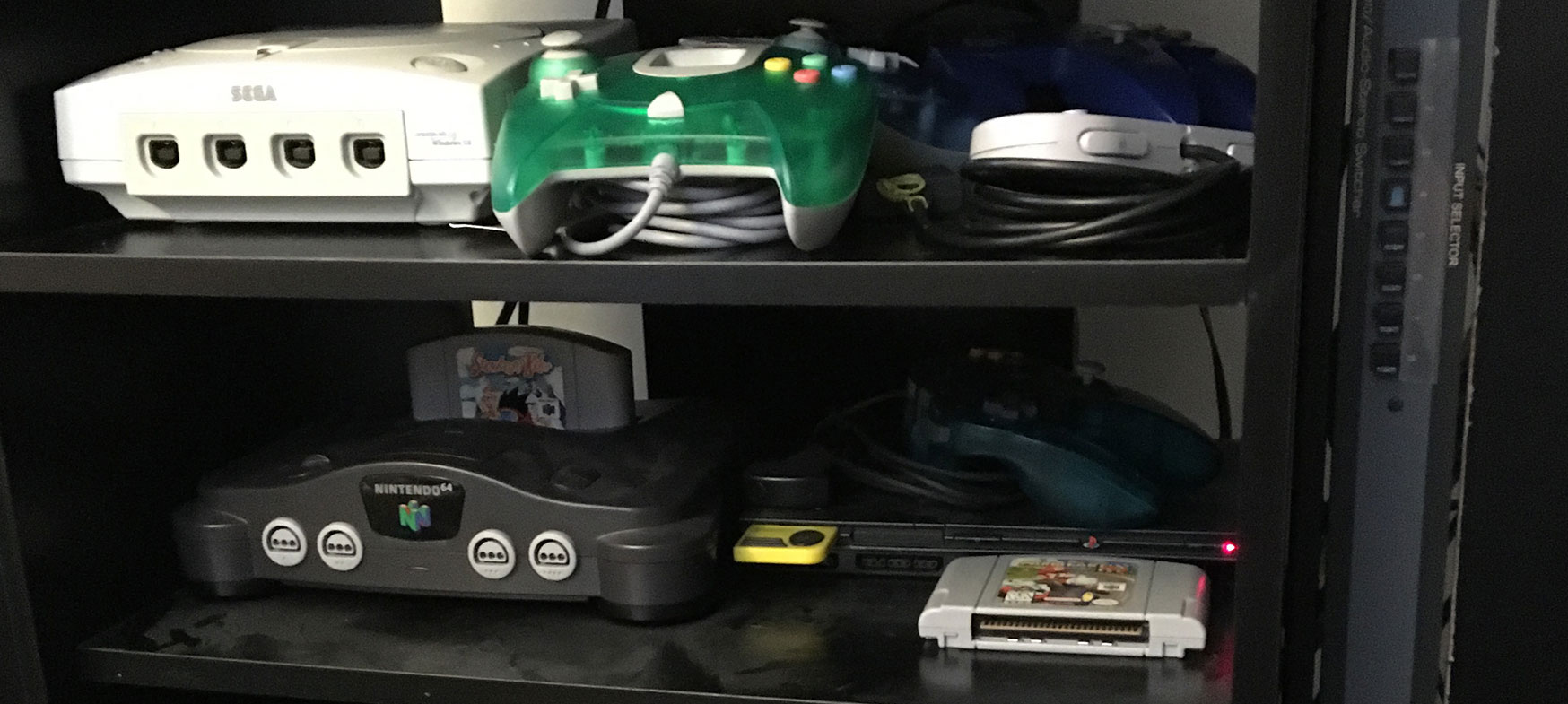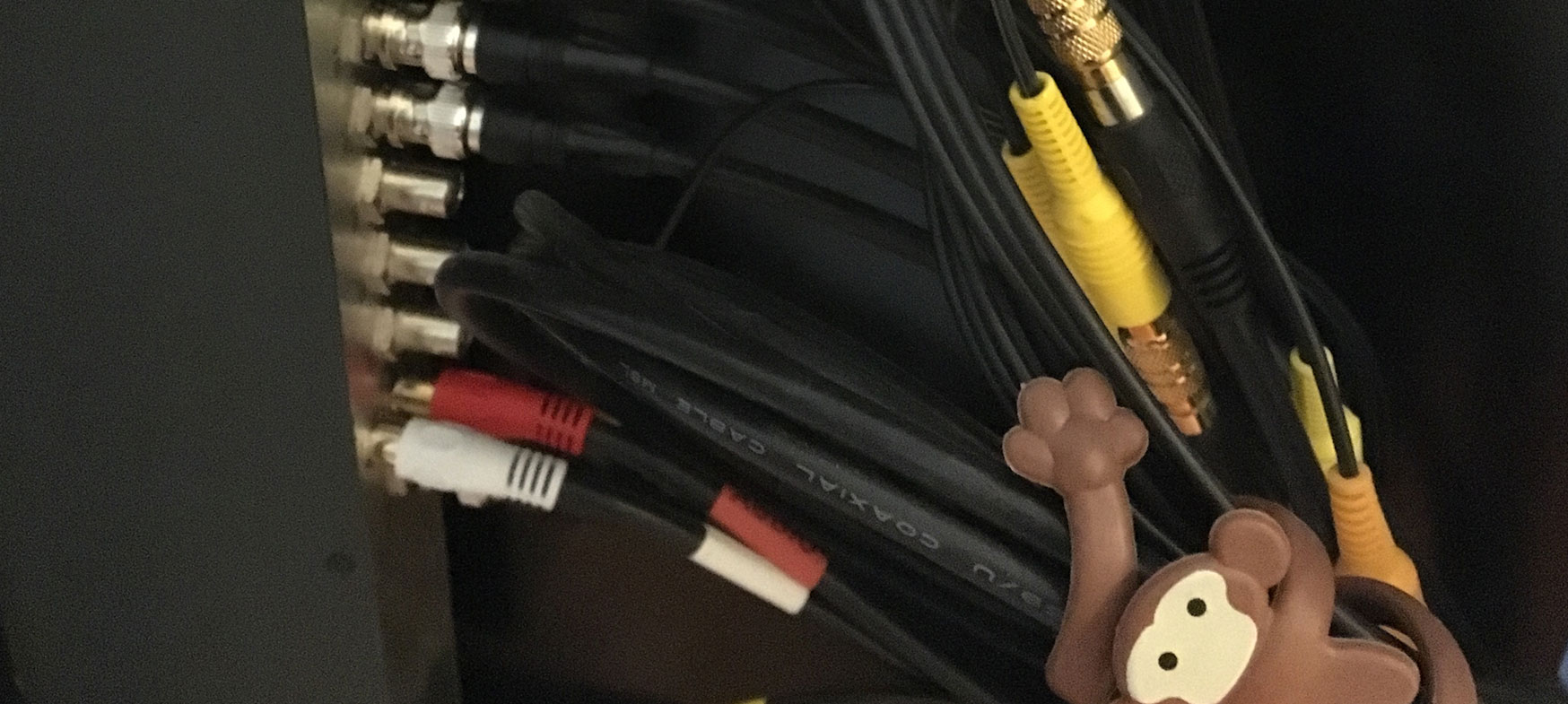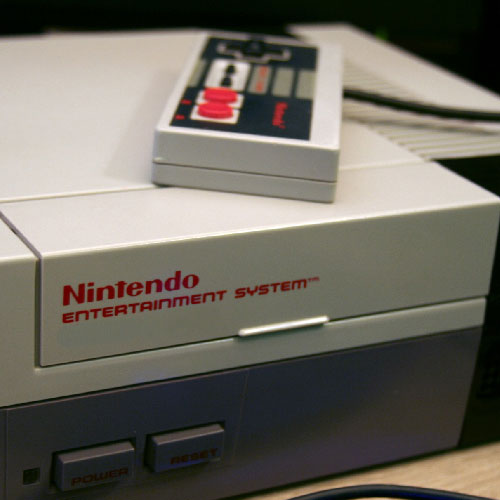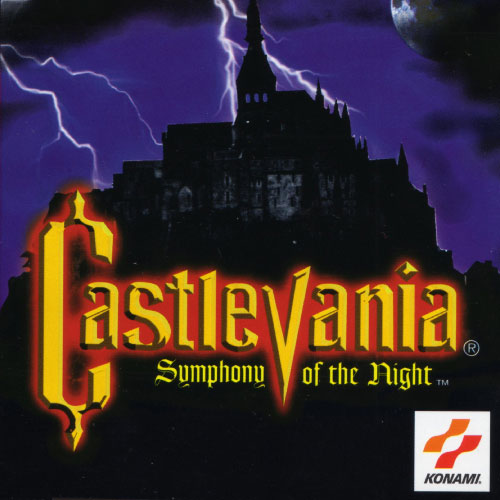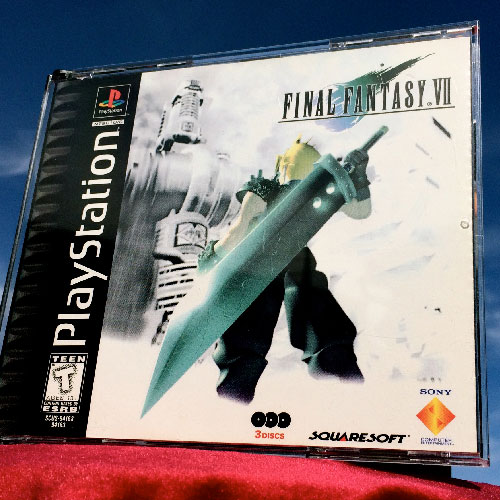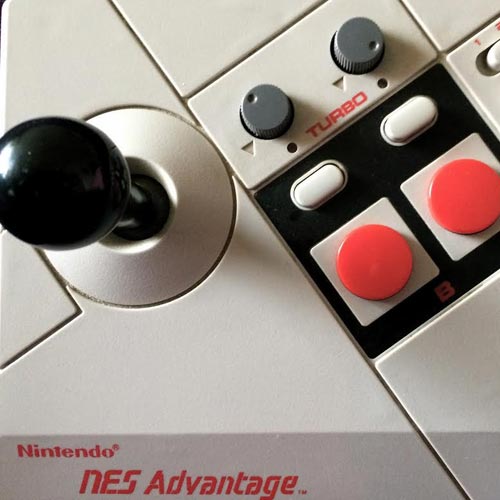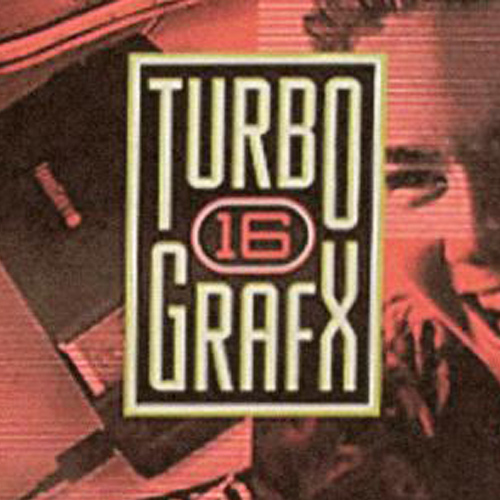Retro Gaming
After collecting a few retro systems, you may find yourself running out of spots to plug them all in to your television. Swapping the wires each time you want to play a new system might work, but let's be honest, it's a pain. We'll be focusing on hooking up retro systems to an older tube television, but the same principles can apply to a newer high definition TV. If your newer HD TV doesn't have AV ports, this will also be helpful! Before getting started, you are going to need to find a few items.
- A good shelf with plenty of space for wires to pass through the back. Arrange your consoles in an order that makes sense to you, whether by system family, chronological order, or just personal preference.
- An older CRT (Tube) television. Ask your neighbors, friends, family, and Craigslist, there are always a few laying around. You can't play Duck Hunt without one due to the refresh rate on newer televisions, and many retro systems look better on older televisions. You can, however, still use an HD TV in a pinch.
- If your television lacks AV ports, but has a coax, you need a coax to AV converter box, called an RF modulator. Many newer HD TVs have a coax port, even if they do not have AV.
- A multiple input AV switcher. Many only go up to four inputs, but ones with more inputs are available. Mine, which is pictured, goes up to eight inputs. If you want to avoid extra steps, look for a switcher that uses all RCA inputs; switchers with a larger of inputs commonly use different connectors, called BNC, as opposed to RCA. These would require a BNC to RCA adapter cable, specifically male BNC to female RCA. If you're trying to keep it simple, stick with RCA. We do see AV switchers in the store from time to time, but you may have to search online.
- A cable tie. You'll be dealing with multiple wires, and this will help keep things tidy.
Once you have acquired all the necessary items, begin by wiring them into the inputs on your switcher box one at a time. Be sure you remember which system is hooked up to each input, or create a label for the button for each, and repeat for each console. It's never fun trying to guess which input you plugged each system into. Next, take the output from the switcher and either run it to the TV if it has AV ports, or to your RF modulator if it does not. At this point you're ready to go. Choose which system to play, select the appropriate button for that system on your switcher, and turn everything on. You no longer have to switch input cables each time you want to play a different system, and can spend more of your time gaming!

